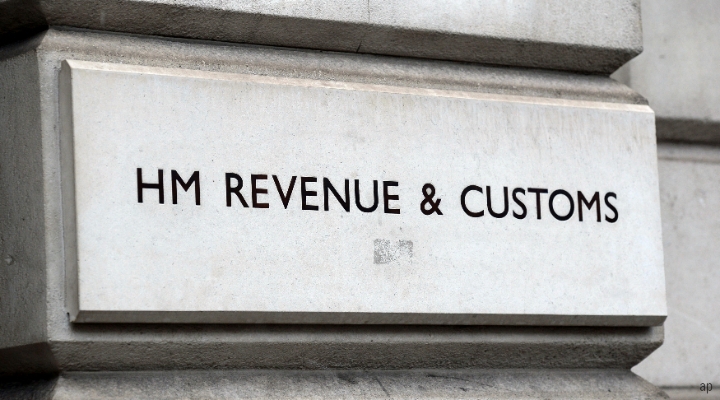Like many retired investors Harry James is focused on dividend payments when it comes to selecting stocks for his ISA portfolio.

I don’t see the need to alter my investment strategy just because I’m now in my late 60s

However, unlike many other investors his age he doesn’t “play it safe” by keeping his money in equity income funds, or investing in the large tobacco and utility companies that tend to dominate many income-orientated portfolios.
He says: “For the past 40 years I’ve invested my money primarily in smaller companies. I think this is where you find the best returns. Many of these smaller company shares still pay healthy dividends, so I don’t see the need to alter my investment strategy just because I’m now in my late 60s.”
James, a retired sales director, based in the South East, has always focused his savings on ISAs (and PEPs before that). “These tax-free savings plans have always offered a lot more flexibility, so I’ve concentrated on these at the expense of pensions.
“I think this has been the right decision. I might not have got tax relief on the way in, but my savings have grown in a tax-free environment. Now I’m free to take money out without restriction - and without paying income or capital gains tax.”
“My Aim is to Be an Armchair Investor”
James says he has tried to ensure he’s paid the maximum into PEPs and ISAs each year. Despite making some mistakes along the way he says both himself, and his wife, have built up a sizeable portfolio which he hopes will help fund their retirement. “My aim is to be an armchair investor, where I can enjoy my retirement living off the dividends paid on my more successful investments.”
He says his portfolio is largely made up of individual shareholdings, although he also holds a number of investment trusts.
He currently holds around 40 different shares. One successful buy in recent years has been British Polythene Industries (BPI) – a manufacturing company involved in the packaging and recycling business. James says he bought these shares at around £1.52 in 2001; today they are worth £9.65, after a bid approach from packaging group RPC Group (RPC) last week.
Smaller Companies That Deliver Big Returns
He says this company is typical of the success you can have investing in smaller companies: according to figures from Morningstar the company’s share have risen by 29% over the past five years; over the same period the FTSE100 is up by just under 5%.
He’s had similar success with Nichols (NICL) - a soft drink manufacturer, probably best known for its Vimto brand. James said he bought shares when they were priced at about 93p. Today they are trading around the £14 mark.
He’s also seen strong returns from companies like Tarsus (TRS) – which is involved in the exhibitions and conference industry. James says he’s built up his holdings in this company over the past year. This has proved to be a smart move with its share price rising by almost 30% in the past 12 months.
Other smaller company holdings include Treatt (TET) – a supplier of organic fragrances, flavourings and cosmetic ingredients; and Eco Animal Health Group (EAH) – which as the company name suggests providers manufactures animal health products. Both have seen their share prices rises by at least 15% over the past five years.
Studying Market Patterns
James says he is a keen follower of the small cap market, and will look out for stocks that have “momentum”. “For example I keep a close eye on what the top holdings are in smaller company funds. If several fund managers are buying into this company then this will support its share price.” He also describes himself as a “chartist” investor: “I won’t buy or sell anything without looking at a relevant chart.” These he says shows “the sum of emotion in the market” and can help seasoned investors like himself spot buying, or selling opportunities.
He also invests in a number of smaller company investment trusts, such as Acorn Investment Fund (AIF). This trust – which is not rated by Morningstar – has delivered returns of 18% over the past five years, and currently sits on a 0.9% discount.
Making The Most of Flexible ISAs
James currently has a sizeable slice of his ISA holdings with The Share Centre. He switched recently to take advantage of the new flexible ISA rules, introduced by the Government at the start of this tax year.
James explains: “My daughter is in the process of moving house, and was looking at getting a bridging loan. Instead I’ve been able to withdraw around half by ISA holdings to help fund this purchase. Provided these funds are paid back within the tax year – which will hopefully happen when the sale on her current property goes through - I won’t lose the tax benefit on these savings.”
He adds:” The cost to withdraw and repay these funds is minimal, compared the thousands of pounds my daughter would have to pay in arrangement fees and interest charges with a loan.”
James estimates the total cost of withdrawing and paying back these funds will be about £150. This also includes transfer costs from his previous broker who did not offer this ISA flexibility.
What funds are in your ISA or SIPP? What have been your most successful investments to date? If you'd like to feature in Investment Views and tell us about your investment strategy please contact the Editorial team on UKEditorial@morningstar.com



























